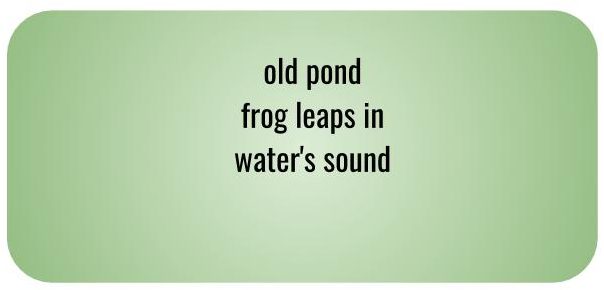My interest in haikus was recently rekindled by James May’s Our Man in Japan series in which he frequently bookends the episodes with a haiku of his own. Accordingly, I started searching for a haiku ebook on Libby (which if you are not using, you should give it a try!) and I found Haiku: Classic Japanese Short Poems. The book has haikus in Romaji, English, and vertical Japanese. The book is spartan in its use of graphics and has a very simple structure much like the subject matter it deals with. There are about 60-70 haikus in it from the four great haiku masters.
Haiku, for those hearing about it for the first time, is a form of Japanese poetry conforming to certain constraints on syllables (5-7-5) and split over three lines. The book itself does not delve sufficiently enough into the history of haiku, though the Wikipedia page on Haiku proves more than sufficient here. Listing haikus often commence with the famous Matsuo Bashō’s old pond haiku which goes like:

As it should be evident at this point, they are remarkably short, and often involve nature and seasons. They behoove the reader to invoke their imagination and experience the verses prima facie. To help with this, the haiku verses are often read slowly, more akin to sipping tea gently. A tabula rasa-esque mindset, for that short period, helps. As a result, the haiku focuses as much on the material as the reader too, a dichotomy similar to an artwork in a gallery and a keen observer.
Continue reading “Haiku and Muffin Top”
